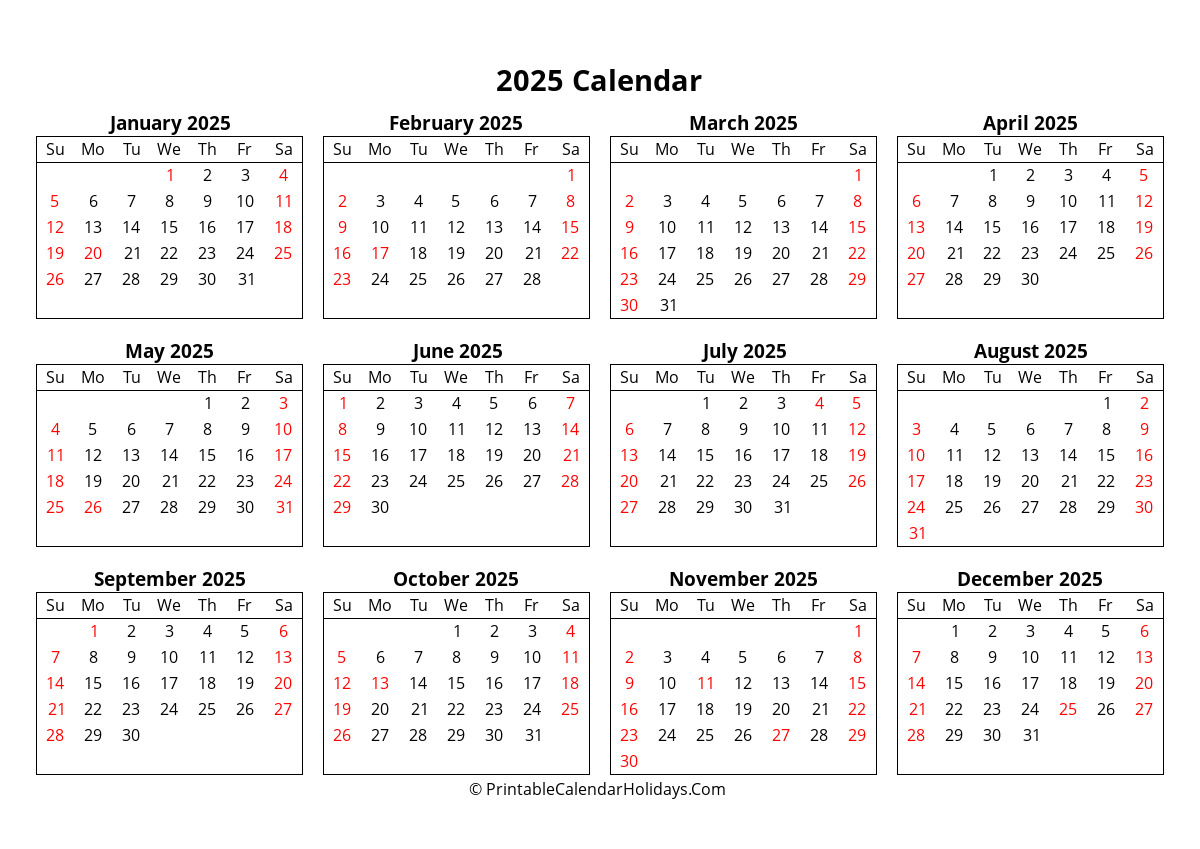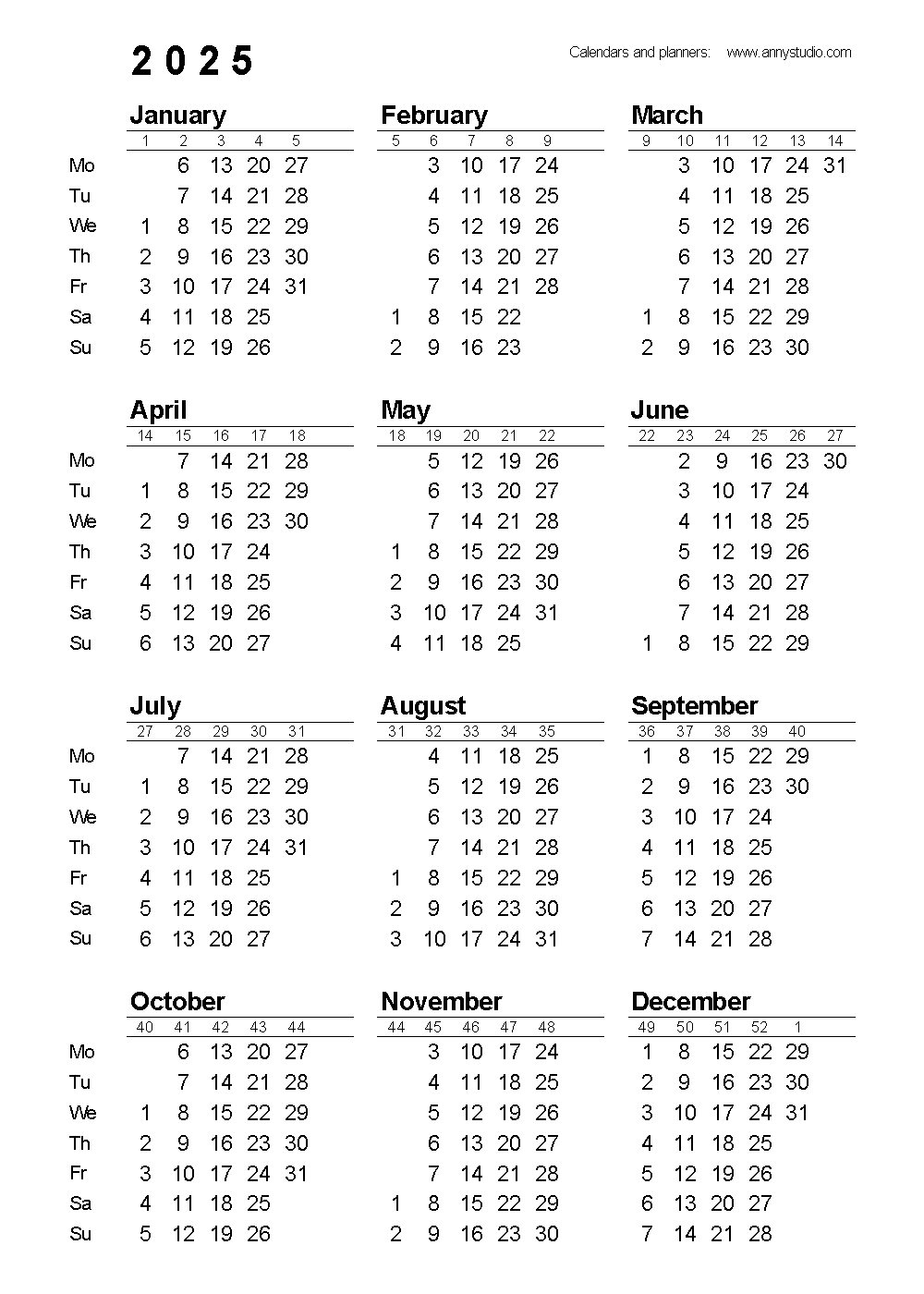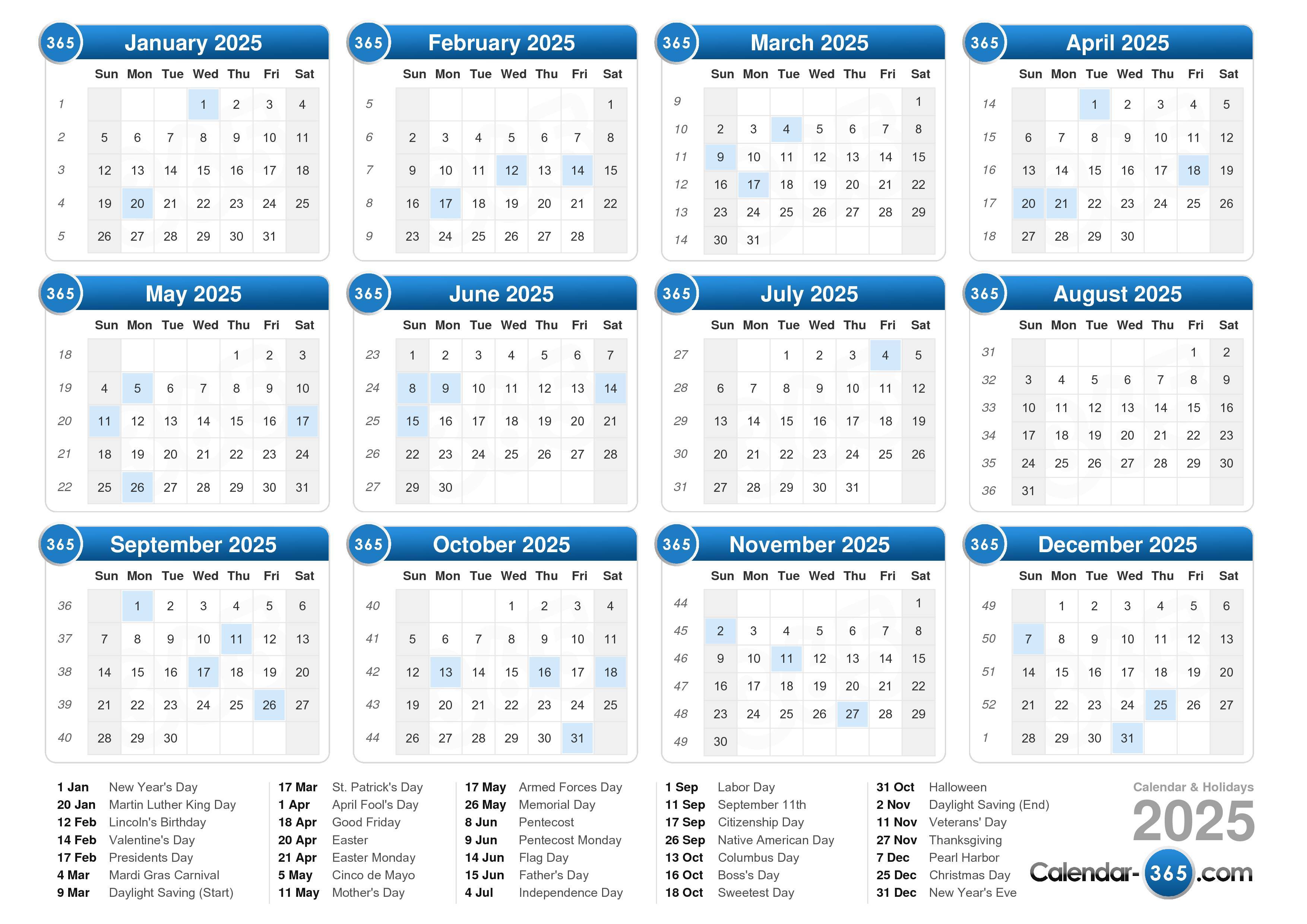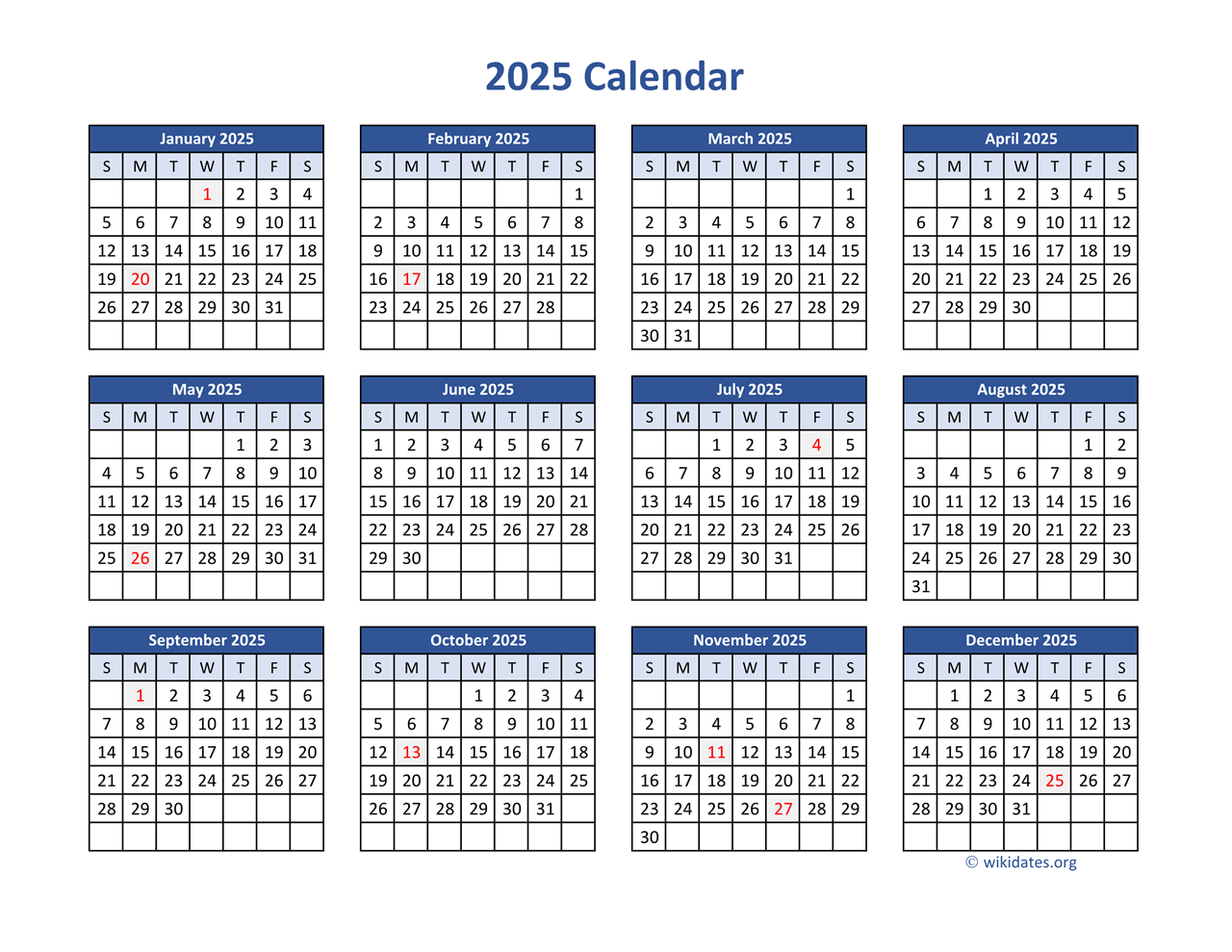Understanding Calendar Weeks In 2025: A Comprehensive Guide
Understanding Calendar Weeks in 2025: A Comprehensive Guide
Relaterede Artikler: Understanding Calendar Weeks in 2025: A Comprehensive Guide
Introduktion
Med stor fornøjelse vil vi udforske det spændende emne relateret til Understanding Calendar Weeks in 2025: A Comprehensive Guide. Lad os væve interessant information og tilbyde friske perspektiver til læserne.
Table of Content
Understanding Calendar Weeks in 2025: A Comprehensive Guide

The concept of calendar weeks, often referred to as "KW" (Kalenderwoche) in German, provides a standardized system for organizing time within a year. This system is particularly useful for scheduling, planning, and tracking activities across various industries, including business, finance, and education. This guide aims to provide a comprehensive understanding of calendar weeks in 2025, outlining their significance and practical applications.
Defining Calendar Weeks
A calendar week is a period of seven consecutive days, starting on a Monday and ending on a Sunday. This system is widely used throughout Europe and other parts of the world. Each week is assigned a unique number within the year, starting with week 1 for the first week of the year and progressing sequentially until week 52 or 53, depending on the year.
Determining Calendar Week Numbers in 2025
The determination of calendar week numbers for a given year involves specific rules. The first week of a year is considered the week containing the first Thursday of the year. This means that if the first Thursday falls on January 1st or 2nd, the entire week is classified as week 1. If the first Thursday falls on January 3rd or later, the week containing January 1st is considered week 52 or 53 of the previous year, and the week containing January 3rd becomes week 1 of the new year.
Importance and Benefits of Calendar Weeks
The use of calendar weeks offers several advantages for individuals and organizations:
- Standardized Time Management: Calendar weeks provide a universal framework for time management, allowing for consistent scheduling and planning across different regions and industries.
- Enhanced Collaboration: Utilizing a common time system facilitates efficient communication and collaboration between teams and individuals, regardless of their geographical location.
- Improved Data Analysis: Calendar weeks allow for consistent data collection and analysis over time, providing valuable insights into trends and patterns.
- Streamlined Reporting: Reporting based on calendar weeks ensures uniformity and clarity in data presentation, facilitating informed decision-making.
- Simplified Scheduling: Calendar weeks offer a straightforward and intuitive method for scheduling events, meetings, and deadlines, promoting organization and efficiency.
Practical Applications of Calendar Weeks
Calendar weeks are widely used in various sectors, including:
- Business and Finance: Companies utilize calendar weeks for financial reporting, budgeting, and project management, ensuring consistent tracking and analysis of performance.
- Education: Educational institutions often use calendar weeks to structure academic calendars, assign deadlines, and manage student progress.
- Manufacturing and Production: Calendar weeks play a crucial role in production planning, scheduling, and inventory management, enabling efficient resource allocation and output.
- Healthcare: Hospitals and clinics may use calendar weeks for tracking patient appointments, scheduling surgeries, and managing medical records.
- Government and Administration: Government agencies utilize calendar weeks for reporting, budgeting, and administrative tasks, ensuring consistency and transparency.
FAQs Regarding Calendar Weeks
Q: How do I determine the calendar week for a specific date in 2025?
A: You can use online calendar tools or specific software programs to calculate the calendar week for any given date in 2025. Alternatively, you can refer to a calendar that displays calendar week numbers.
Q: Can a year have 53 calendar weeks?
A: Yes, a year can have 53 calendar weeks if the first Thursday of the year falls on January 1st or 2nd. This occurs approximately every six years.
Q: What are the differences between calendar weeks and ISO weeks?
A: While both systems use a seven-day period, ISO weeks differ slightly in their definition of the first week of the year. ISO weeks always begin on a Monday and end on a Sunday, and the first week of the year is the one containing the first Thursday of the year.
Q: Are calendar weeks used globally?
A: While calendar weeks are widely used in Europe and other parts of the world, the United States primarily uses a system based on the Gregorian calendar, with weeks starting on Sunday and ending on Saturday.
Tips for Using Calendar Weeks Effectively
- Consistency: Maintain consistency in using calendar weeks throughout your organization or personal life to ensure clarity and efficiency.
- Communication: Clearly communicate the use of calendar weeks to all stakeholders to avoid confusion.
- Tools and Resources: Utilize calendar tools, software programs, or online resources to assist in determining calendar week numbers and managing schedules.
- Integration: Integrate calendar weeks into existing planning and scheduling systems for streamlined management.
- Flexibility: Be adaptable to changes in the calendar week system, as it may evolve over time.
Conclusion
Calendar weeks provide a standardized framework for time management, offering significant benefits for individuals and organizations. By understanding the concept, rules, and applications of calendar weeks, individuals can enhance their planning, scheduling, and data analysis capabilities. The consistent use of calendar weeks promotes efficient communication, collaboration, and decision-making across various sectors, ultimately contributing to greater productivity and success.








Lukning
Derfor håber vi, at denne artikel har givet værdifuld indsigt i Understanding Calendar Weeks in 2025: A Comprehensive Guide. Vi håber, du finder denne artikel informativ og gavnlig. Vi ses i vores næste artikel!
Leave a Reply